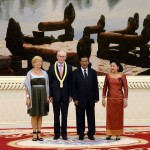Law and Judiciary
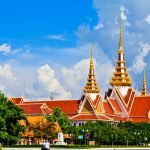
National Assembly of Cambodia. Photo by Sorn Seang Heng, taken on 12 June 2010. Licensed under CC-BY 2.0.With a constitution written a little more than 20 years ago, the current rule of law in Cambodia is relatively new, and continues to be shaped by many ...
Economy and commerce
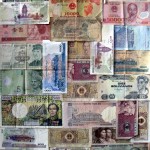
Counting money. Photo by Aaron Gilson, taken on 5 April 2013. Licensed under CC BY-NC-ND 2.0.Cambodia re-opened for international trade in the 1980s, opened up to foreign investment in 1994, joined ASEAN in 1999, and became a member of the WTO in 2004. Its bilateral ...
Quarrying
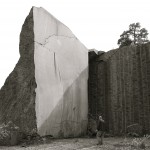
Small-scale quarries producing construction materials are a key part of the mining industry in Cambodia. Clay for brick and tile manufacturing and sand and gravel are found in many locations.Under the Law on Mineral Resource Management and Exploitation (‘the mining law’) there are six types ...
Forest cover reporting
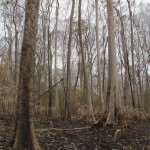
Forest cover is the area of land covered by tree canopy. Measuring and reporting this can show the different types of forest that exist and the areas of each, and how these areas change over time. ...
Energy
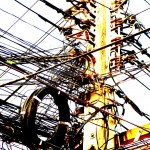
Cambodia has undergone rapid economic development in recent decades, with GDP per capita tripled between 1999 and 2013. However, mainly due to three decades of war and political turmoil which severely damaged the country’s infrastructure, the country still lacks the means required for energy sector ...
Forest products
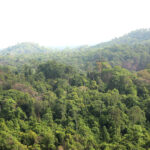
Prey Lang Wildlife Sanctuary. Photo by U.S. Embassy Phnom Penh on 09 June 2016. Licensed under CC BY-ND 2.0.Cambodia had over 8 million hectares of forest resources in 2020, accounting for 44.7% of the country’s total land area. 122 The state owns the whole forest ...
Economic policy and administration
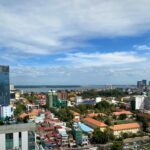
After the first general election in 1993, the government prepared and implemented a comprehensive micro- and macroeconomic policy and structural reform program to integrate Cambodia’s economy into the region and the world as well as stimulate its economic growth.152 In the two decades following that ...
Renewable energy production
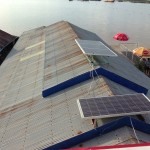
Renewable sources of energy include biofuels, solar, wind, tidal and geothermal energy. Fossil fuels such as petroleum or coal are not renewable. ...
Investment policy and regulations
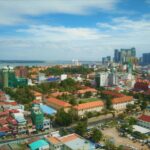
Cambodia’s economy has experienced an impressive performance, reflected in its rapid economic growth and significant poverty reduction. Part of this is the result of the relative openness of Cambodia towards foreign investors. Domestic investment has also been growing, although at a lower rate than other ...
Ministries and other national bodies
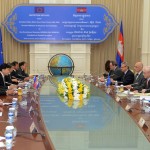
Nearly all of the ministries were established in 1995. A few ministries were only recently created in the post-2013 national election by a separation of one ministry into two. There are 28 government ministries and secretariats, and many national bodies. ...
Protected areas
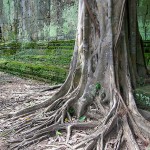
As Cambodia emerged from years of conflict, pressures grew on natural resources and sensitive areas. In response, a number of protected areas were created by royal decree in 1993 to protect ecologically and culturally important places. More detailed guidelines on managing the country’s protected areas ...
Higher education

Higher education, in general, refers to education beyond the secondary level. Higher education institutions (HEIs) in Cambodia can be classified into three categories: The Royal Academy, university, and college. Cambodia’s higher education consists of an associate degree, four years of undergraduate education, two years of ...
United Nations
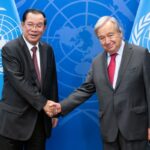
Secretary-General António Guterres (right) meets with Samdech Akka Moha Sena Padei Techo Hun Sen, Prime Minister of the Kingdom of Cambodia in New York. Photo taken from the UN website on 22 September 2022.The United Nations (UN), founded in 1945 and guided by the UN ...
Urban administration and development
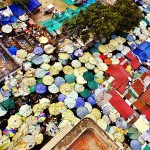
Bird eye view of a local market in Phnom Penh. Photo by Roberto Trombetta, taken on 8 May 2015. Photo licensed under Creative Commons Attribution-NonCommercial 2.0 GenericThe development and administration of Cambodia’s urban areas has struggled to keep pace with urban population growth. For example, ...
Land transfers
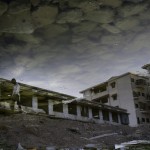
Land transfers in Cambodia assume a variety of forms involving both public and private entities. The right to transfer property to another and to be protected from forced transfer is essential to land tenure security. Land transfer capacity is a source of value for landowners, ...
SDG 6 Clean water and sanitation
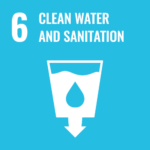
Sustainable Development Goal 6 has 8 targets and 11 indicators, which will be used to drive action towards achieving universal access to safely managed water and sanitation and appropriate management of water resources.485 SDG 6 recognizes that sustainably managing water goes beyond providing a safe water ...
Parliament

Upon the reinstatement of the second monarchy in 1993, Cambodian citizens are the master of their destiny and sources of all power. With the introduction of the liberal democracy in the Kingdom, all Cambodians at their 18 years or over, except where it is prescribed ...
Forest protection support
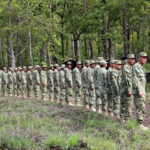
Cambodia is struggling to safeguard its forests while preserving economic growth since many people make a living via farming, logging, and other activities that might lead to deforestation. Almost 80% of Cambodians living in rural regions rely on forests for survival. On the other hand, ...
Pollution and waste
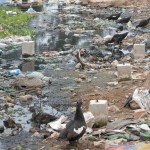
The rapid economic and population growth in Cambodia is leading to significant environmental pollution. The economic development activities have generated major environmental consequences, including air pollution, water pollution, noise pollution and solid wastes. ...


